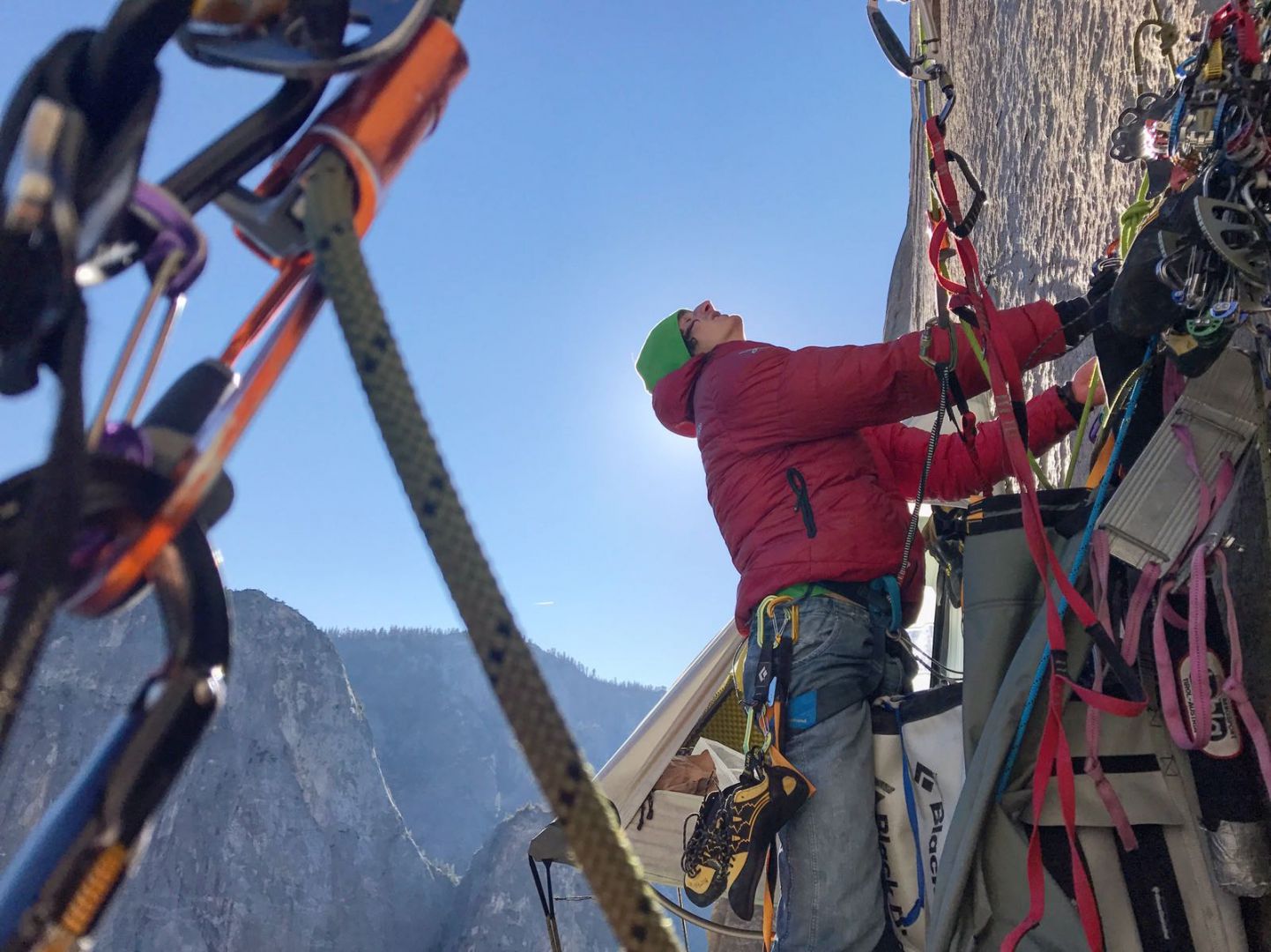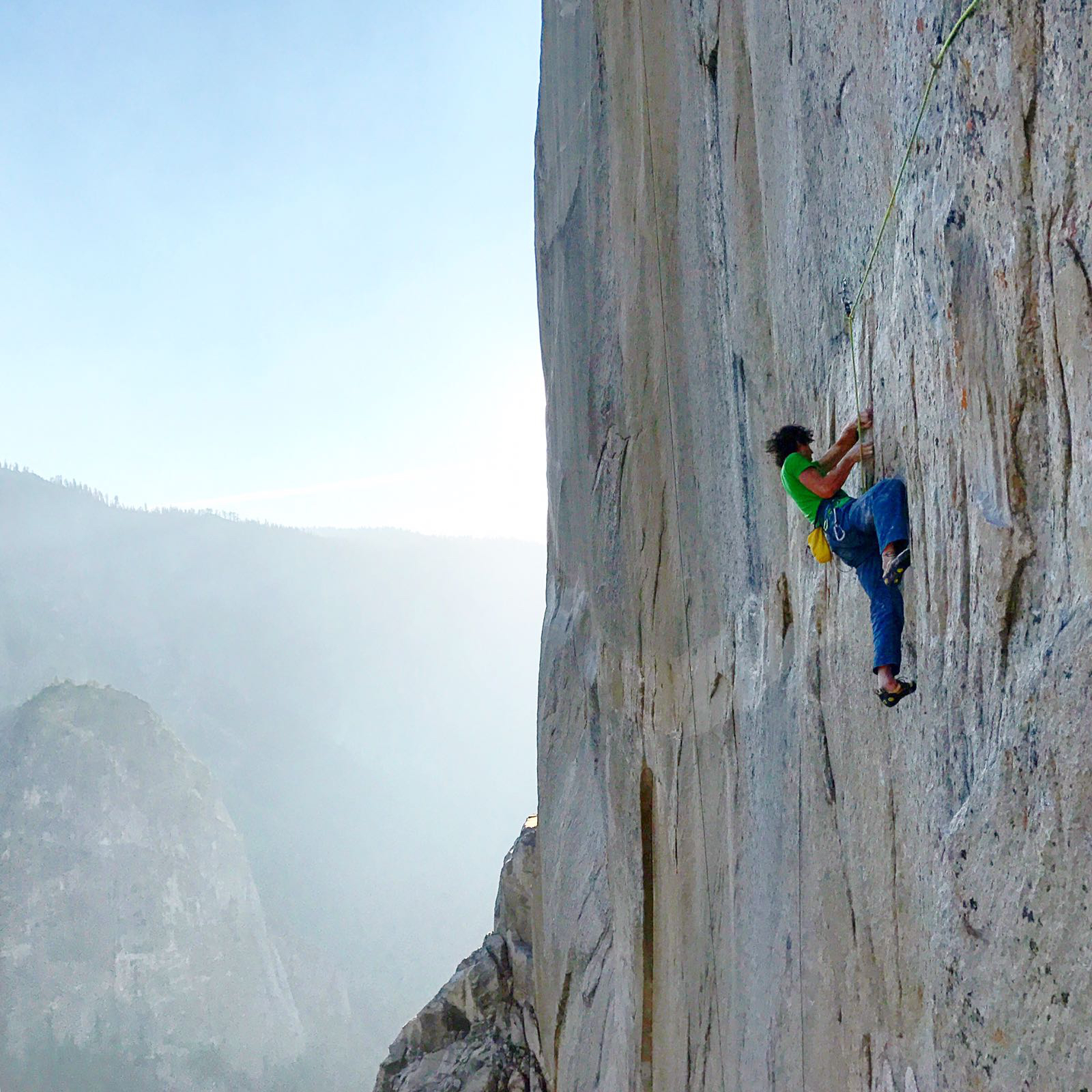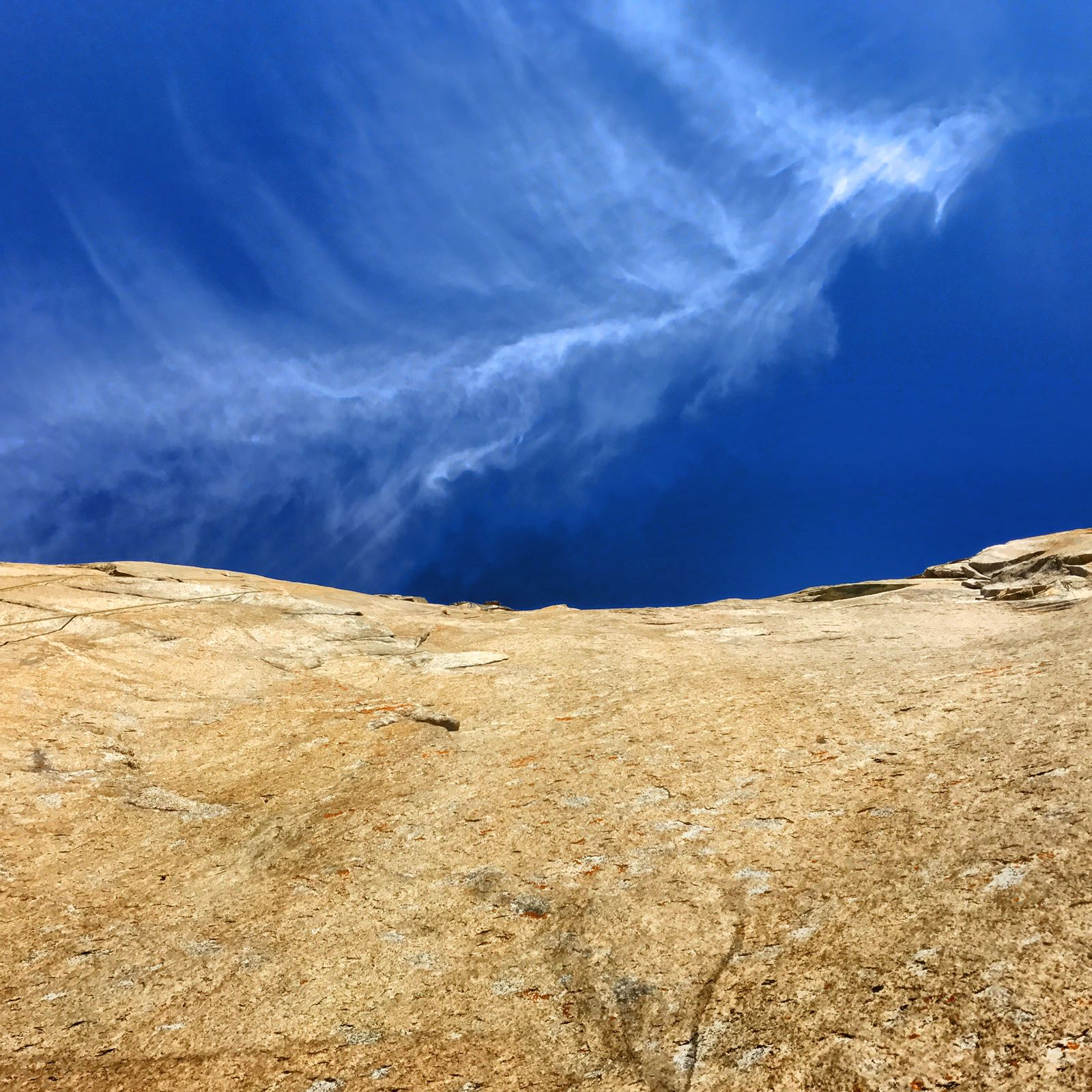Kruder Siblings conquer iconic Verzasca Dam
second edition, attracted 24 of the world's best…

Prague/Yosemite – November 19, 2016 - Adam Ondra has spent 5 days in Dawn Wall, beating 15 out of total 32 pitches. After a swift start, he ran up against his first problem at the 14th pitch which is considered the hardest in the entire route. However, as he managed to break through the difficulties and deal with this point yesterday, he is one step closer to succeed in finishing the climb. As Adam had no problems in the rest of the pitches in the training, he hopes to proceed smoothly.

The first days it seemed Adam was going to nearly happily dance through the 1000 meters high world‘s toughest wall called Dawn Wall without slightest problems. Due to the high temperatures, he entered the wall on Monday night (2:46 AM local time). After 6 hours of climbing in the dark, he managed to beat the first 9 pitches, with every single one of them around 30 meters long. Just the other day, on Tuesday, November 14, Adam moved forward by 4 pitches, all of them very difficult. 13 pitches in two days of climbing is an incredible speed.
After a day off, when fog and snow replaced the warm weather, Adam started the 14th pitch. In the video he shot at the beginning of Day 4 he was optimistic, hoping to beat the most difficult part of the entire route. Yet he was not lucky that day and at its end he sent this message: “I did a terrible job today. I‘ve been too nervous, feeling too much under pressure. I needed seven attempts to get over a place I had never considered difficult before. It‘s hard to find anything positive about this day, so I‘ll try again tomorrow, hoping for better personal condition.” Fortunately, yesterday (wall day 5, November 18) the good things from the previous days returned. Adam regained his composure, getting over Pitch 14 in a single and Pitch 15 in two attempts.
Adam never aims low. Since the beginning he keeps saying he wants to achieve the shortest climb possible. “The point is – the faster the climb, the more valuable,” Adam explains. “But due to the delay in number 14, I‘ll be happy for any time I achieve.” The following advance also depends on the weather, as the forecast for Yosemite Valley predicts its worsening, with potential snowfall.

What‘ s the value of Adam‘s attempt?
Dawn Wall is considered the hardest big wall climb in the world. It hadn‘t been AF-climbed until January 2015. The first successful attempt is considered a turning point in climbing history. Tommy Caldwell and Kevin Jorgesen managed to climb the wall in 19 days, deserving not less than personal congrats from president Obama and getting in the spotlight of the mainstream media. Adam Ondra, believed to be the world‘s Number 1 climber is now the second one to attempt this climb. His goal is to achieve the shortest time possible, pushing out the frontiers of human limits. Tommy Caldwell and Kevin Jorgeson support his effort and have even visited him in the Yosemite. “I‘m happy the best climber in the world has accepted the Dawn Wall‘s challenge. We left a lot of room for improvement,” Jorgeson said for NY times.
What is All Free climb?
In climbing, as well as in other sports, it is not only important to achieve something, but also the way HOW the goal is achieved. Adam Ondra uses the style combining single push and all free climb. This is what it means:
1) Single push. Once Adam enters the wall for real, he never leaves the wall. This means that even sleeping takes place in the wall, in hanging tents, so called portaledges. This is why Adam and his assistant climber Pavel brought enough food and water to the wall, to set up a base camp.
2) All free climb means that any anchoring equipment, such as rope, chocks, pitons, are used only passively, i.e. to secure the climbers from fall, not to help them climb up. “You can only climb up using your own physical power, natural boulders and surface protrusions on the rock,” explains Adam. This is the difference from so called technical climbing, where anchoring tools are also used for climbing up.

What is the life in the wall like?
Uninterrupted stay in the wall is not only physically, but also mentally demanding. The base camp is approximately half way of the wall, with over 400 meters of sheer rock side underneath. Both Adam and Pavel say that the stay in the height exhausts them as there is no space for mistakes and it is absolutely necessary not to lose concentration for even a slightest moment. They sleep, rest and cook in their hanging tents in the wall. Though they brought the food and water to the wall in advance, their diet is simple – porridge, dried fruit, energy bars, instant version of mashed potatoes for dinner. To get from and back to the base camp, they use special mechanical equipment. This is called jumaring or jugging. In short, it is a special kind of moving using two mechanical tools which move up the rope while the climbers use their own weight. Adam demonstrates jumaring in this video.
Good luck Adam!